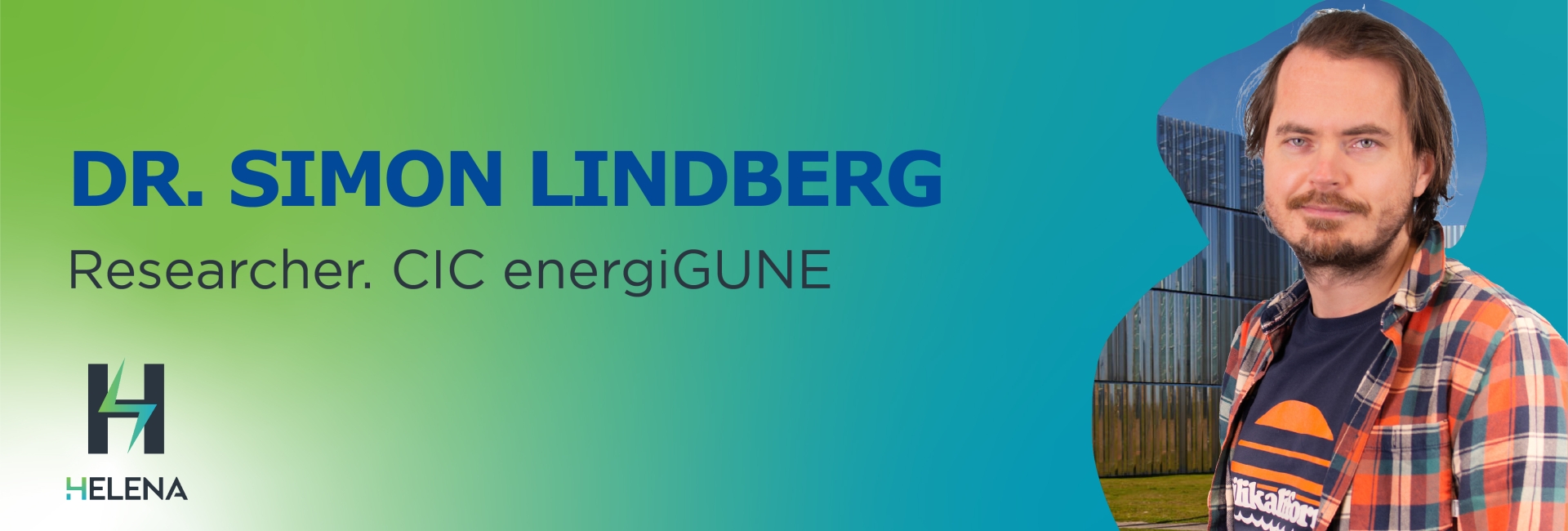Behind the HELENA Project #7 | Thomas Marchandier (Saint-Gobain)
We interviewed Thomas Marchandier, from Saint-Gobain, to learn first-hand the key attributes to understand the strengths of the HELENA Project.

Europe´s commitment to achieving leadership and guiding the global Energy Transition is total. A clear example of this is its support for the many initiatives across the continent that seek to electrify some of the most polluting industries, such as transportation. Through this series of contents, we intend to know the perspective of the researchers involved in the HELENA Project regarding the virtues of the halide solid-state batteries developed.

CIC energiGUNE is one of the most important energy storage research centers in Europe, specialized in batteries, thermal energy solutions and hydrogen technologies. Since 2017, our protagonist of today has been working here: Dr. Pedro López-Aranguren. Associate Researcher at this center, his research activity is focused on the field of solid state batteries and he has extensive experience in the participation and coordination of national and international projects.
What are the particular differences between the cell-assembly process of the HELENA batteries and others?
The biggest difference between the process in HELENA and more conventional cells used today is that we use solid electrolytes. This means that we need to apply pressure to ensure that we have a good contact between the electrodes and the electrolyte. If we compare it to other solid-state batteries the main differences are that no heating is required to prepare the electrolyte from the powder compared to oxide electrolytes and neither do we have to worry about the release of toxic gases when handling the electrolyte as with sulfide type electrolytes.
Which component of the HELENA’s batteries is more challenging to manage while cell-assembling them?
The most challenging component to be manage is probably the electrolyte itself. The electrolyte materials we are using are very sensitive to the exposure of various substances such as for example the moisture in the air, so all cell assembly and material storage needs to take place in very dry conditions such as gloveboxes or dry rooms. Also the transformation of the powder to the final actual, is difficult to manage and it will greatly affect the performance of the cell itself.
If you want to know the latest trends in energy storage and new developments in research, subscribe.